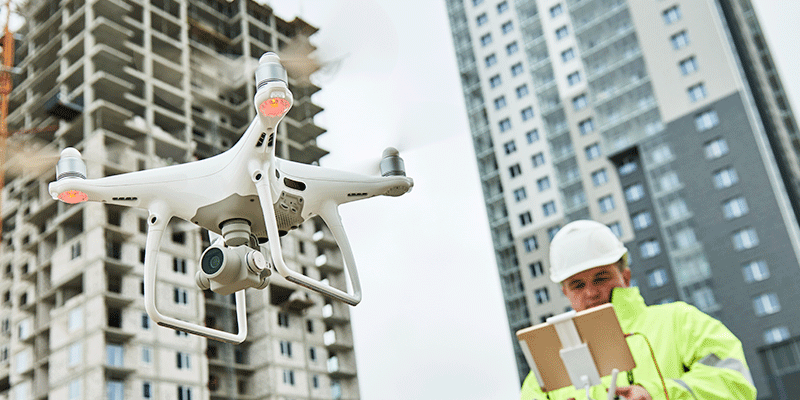Content Attributes
Technology has had a tremendous impact on the construction industry in recent years, fundamentally altering how construction projects are designed, planned, and executed. From software tools to advanced machinery, new technologies are enabling greater efficiency, cost-savings, safety, and innovative building techniques across the industry.
Design and Planning

One major area that has been disrupted by technology is design and planning. Advanced 3D modeling software like Building Information Modeling (BIM) allows engineers and architects to create incredibly detailed virtual models of buildings and infrastructure. These models can detect clashes between structural systems, allowing issues to be spotted and corrected while still in the design phase, saving significant time and money. Drones are also being used to survey construction sites for planning and provide aerial imagery for promoting projects.
Smart Data
On the construction site itself, the latest construction industry trends reveal that operators are relying more on data and connected smart equipment rather than instincts alone. Sensor-embedded equipment can transmit real-time positioning, diagnostics, and performance data to monitor operations closely for improved safety and productivity. GPS systems on diggers, bulldozers, and other machinery provide operators with exact coordinates of target locations, improving digging accuracy. And automated features on equipment like bulldozers are taking over repetitive tasks like grading and leveling.
Modular Building
The rise of off-site prefabrication is also having an impact, enabled by technological advances in modular building. Precast concrete units, mechanical systems, walls, flooring modules, and more are increasingly constructed off-site in a controlled setting to maximize quality and efficiency. Prefabrication allows more work to be done simultaneously, shortens on-site construction time, and reduces material waste.
AR and VR
Augmented and virtual reality tools are enhancing training and communication across construction projects as well. AR glasses allow inexperienced workers to access expert assistance and visual data hands-free from anywhere on the worksite. VR simulations provide highly immersive training on heavy equipment operation and safety procedures before stepping on-site. And AR/VR models are improving coordination and resolving issues between architects, engineers, and contractors.
Wearable Tech
Safety and monitoring have advanced considerably with wearable tech and AI-powered camera systems. Smart helmets can detect unsafe noise exposure, collisions, falls, and more, while AI video analytics can identify safety violations like improper equipment use in real-time and deliver alerts instantly. This allows quicker intervention to prevent injuries and jobsite shutdowns. Wireless sensors also provide data like vibrations and cracks to identify structural issues early.
Autonomous Equipment
The use of autonomous equipment like drones, robotics, and driverless trucks will continue to expand as well. Automating risky and repetitive manual work leads to fewer injuries, while autonomous solutions can work around the clock safely. Robots also show enormous potential in augmenting human workers for enhanced speed, precision, and quality control.
While transitioning to advanced technologies requires upfront investment and training, the long-term benefits are becoming apparent across productivity, safety, sustainability, and infrastructure quality. Construction is being redefined by innovation, boosting efficiency and capabilities beyond the limits of manual human labor alone. The digital transformation promises a new era for the industry as technology integration accelerates in the coming years.



